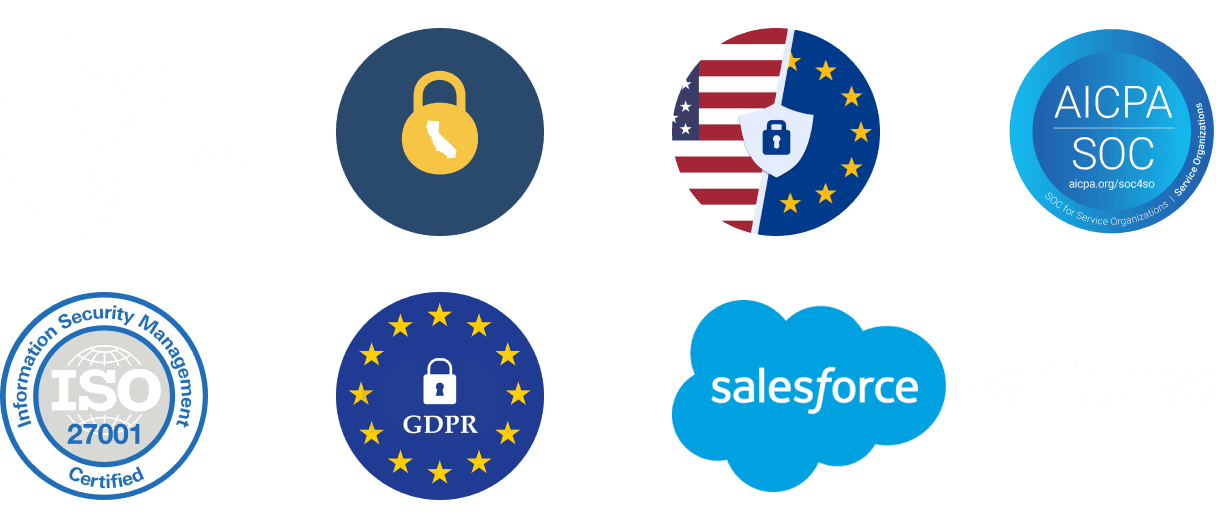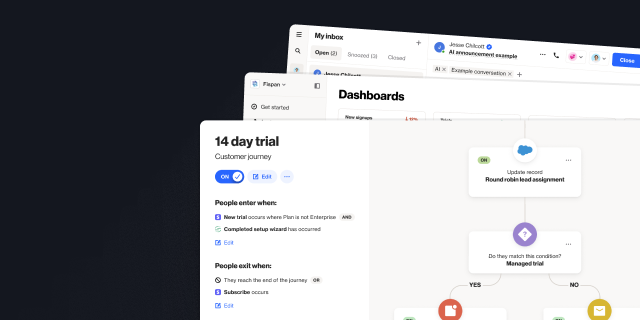We need to talk about data
Outline
More like this:

Richard Branson got his start peddling records through a mail-order catalog. And just like you, he had a database which was vital to his success. Without this database, he’d never have bought an island, crossed the Atlantic in a balloon, or be launching spaceships today.
The secret for Sir Richie (as we’ll now call him) was that he understood his audience and was able to use this data to rapidly expand.
At a basic level he:
understood their demographics;
observed their behavior; and
used their purchase history to tailor his catalogs.
Fast forward 50 years and we have perfectly organized customer data, machine learning to help our decision making, insightful reporting and accurate attribution on our marketing spend.
Right, right!?
Unfortunately, it’s a sad state. In 2022, instead of names and postal addresses, our databases consist of names and email addresses. Not a lot has changed since Sir Richie dominated record sales!
To develop a deep understanding of the customer is to develop the biggest competitive advantage.
Your database is the most important investment you will ever make and can be used to unlock rapid growth. But many of us still consider data as an afterthought.
There are 3 types of data you should aim to collect in your customer database:
Demographic (e.g. female 20-25);
Behavioral (e.g. opened your email); and
Transaction (e.g. bought a product or subscription).

When you combine all these sources of data into a segment (the intersection of the three types in the image above) you’ll get an audience. Your audience.
Audiences can be used to find more customers, make informed decisions about your business, target customers less likely to churn, and personalize your marketing beyond basic mail merge.
To illustrate the importance, let’s look at a simple example: two identical ecommerce businesses spend $10,000 on paid advertising.
Business A creates a look-a-like audience on Facebook to target new customers. They use their existing database of names and emails of customers.
Business B also creates a look-a-like audience on Facebook but they use an audience of customers using a mix of demographic, behavioral and transactional data.
Business B can target potential customers who:
fit their ideal customer profile through demographics of high-value customers;
are repeat buyers; and
who respond to their campaigns (e.g. open their emails!).
Business B is going to outperform Business A even though they had the same budget and used the same channel. All with the power of data.
Over the next 10 years, the gap between data-rich and data-poor will become stark. Those who start thinking, talking and taking action on data will be the rich, and those who store data like Sir Richie did almost 50 years ago certainly won’t be buying islands.
So it’s time you talked about data.
You might also like:

How we built an AI-powered subject line tester that predicts your email open rates before you press send
We trained a neural net on every subject line we had ever sent to create an AI-powered subject line tool that predicts your open rates before you press send.

The most boring growth strategy ever and why you should do it
Ensure every new lead has the best possible chance of converting into a paying customer, becoming successful and referring others.

A framework for growth that is actually good
Cadence is the heartbeat of your growth. It’s an organizational mindset and framework that is the secret to superior results.


“We were looking for a solution that was really easy to use, didn’t require a tech team, and would have a robust integration with Salesforce so we could trigger sales communications in a smarter way. Nobody else out there has what Ortto has.”

Try Ortto today
Build a better journey.

Product
Pricing
Solutions
Features
About
Resources
Ortto for
Templates
Integrations





